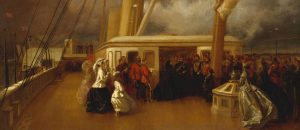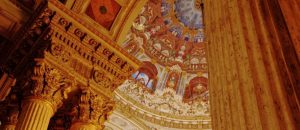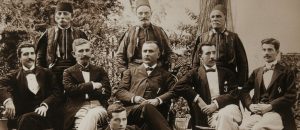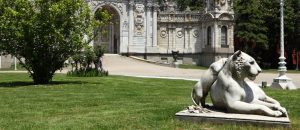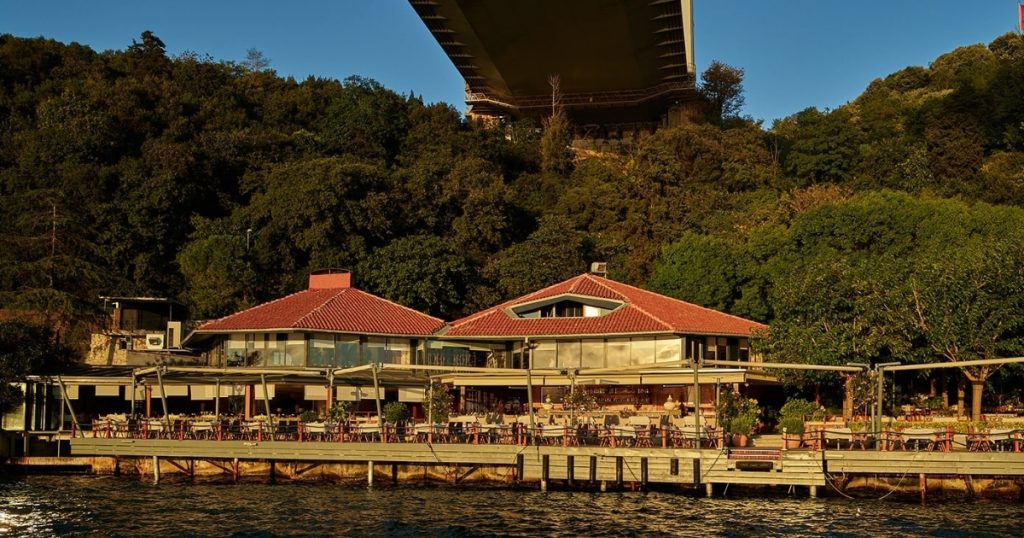The modernity of Dolmabahçe Palace lies not only in its Western architecture or furniture but also in the presence of a new professional class working within its walls, a class unparalleled in Topkapı Palace: telegraphers, photographers, and machinists. This technical staff brought the most advanced technologies of the 19th century into the heart of the palace, radically transforming the empire’s governance, communication, and image. They were the “unseen” but indispensable heroes of modernization and technology who made the Sultan’s control over the empire instantaneous, propagated the dynasty’s modern image to the world, and kept the palace’s complex infrastructure running.
The Dynasty and its officials at Dolmabahçe ->
Telegraph: The Empire’s Nervous System Pulsated in the Palace
In the 19th century, the telegraph was the equivalent of the internet; it was a revolutionary technology that reduced communication from weeks to minutes. The Ottoman Palace used this technology with great efficiency to govern the empire from the center. The Mabeyn Telegraph Office, established especially in Yıldız Palace, became the nervous system of the empire. The telegraphers working in this center were among the Sultan’s most trusted officials. Thanks to them, the Sultan could communicate instantly with the most distant provinces of the empire, from Yemen to the Balkans, monitor governors, and issue direct orders by bypassing the traditional bureaucracy. The palace telegraphers were not just technical operators; they were strategic weapons that ensured the Sultan’s absolute control over the empire.
Faces of a New Empire
The photographers and telegraphers were part of a new generation of courtiers, artists, and pashas who redefined the Ottoman state. Meet the shapers of this transformation.
MEET THE FIGURES OF AN ERA →
Photography: The Eyes That Created the Dynasty’s New Image
Photography was another revolutionary technology invented in the 19th century, and the Ottoman Palace was quick to adopt this new art as a tool of propaganda and diplomacy. Sultan Abdülaziz and especially Sultan II Abdülhamid, realizing the power of photography, employed court photographers. The most prominent names in this field were the Abdullah Brothers (Abdullah Frères) of Armenian descent, who held the title “Ressam-ı Hazret-i Şehriyari” (The Sultan’s Court Photographer). The duty of the court photographers was to present the dynasty and the empire to the Western world with a modern, civilized, and powerful image. The portraits, cityscapes, and photographs of modern institutions (schools, hospitals, barracks) they took were used in magnificent albums sent as diplomatic gifts to foreign heads of state. The famous Yıldız Photograph Collection, created by Sultan II Abdülhamid, is the pinnacle of this strategy. Court photographers were not just recording memories; they were consciously shaping the international perception of an empire.
Machinists and Engineers: The Masters Who Kept the Palace’s Heart Beating
While Topkapı Palace was heated with braziers and lit with oil lamps, Dolmabahçe Palace was equipped with the most advanced comfort technologies of its time. The central heating system, gas lighting (the palace had its own gasworks), and later the electrical infrastructure made it not just a residence, but a complex machine. The heart of this machine was composed of the machinists, engineers, and technicians on duty at the palace. These “unseen” masters worked in boiler rooms, engine rooms, and the secret corridors of the palace to;
- Ensure the continuous operation of the heating system and the warming of the palace,
- Maintain the gas pipes extending from the gasworks to the rooms and keep hundreds of gas lamps lit,
- Ensure the functionality of the palace’s plumbing and its fountains.
They were the technical brains and muscle behind the luxury and comfort of the palace. Without them, Dolmabahçe would have been just a cold, dark, magnificent pile of stone.
The Empire’s New Anatomy
In conclusion, what truly made Dolmabahçe Palace modern was not just its stone walls, but the new technical experts like telegraphers, photographers, and machinists working within those walls. With their professions non-existent in Topkapı, these officials are the most concrete evidence of the mental revolution an empire underwent in its governance, communication, and lifestyle. The telegraphers constituted the empire’s nervous system, the photographers its image, and the machinists its heart and circulatory system. They were the hidden heroes who worked silently in the shadow of the throne but shouldered the burden of the Ottoman modernization project.
The Archives Await
The story you’ve just read is a single thread in a rich historical tapestry. The Dolmabahçe Journal holds countless other narratives of art, power, and transformation waiting to be discovered.
READ MORE FROM THE JOURNAL →









